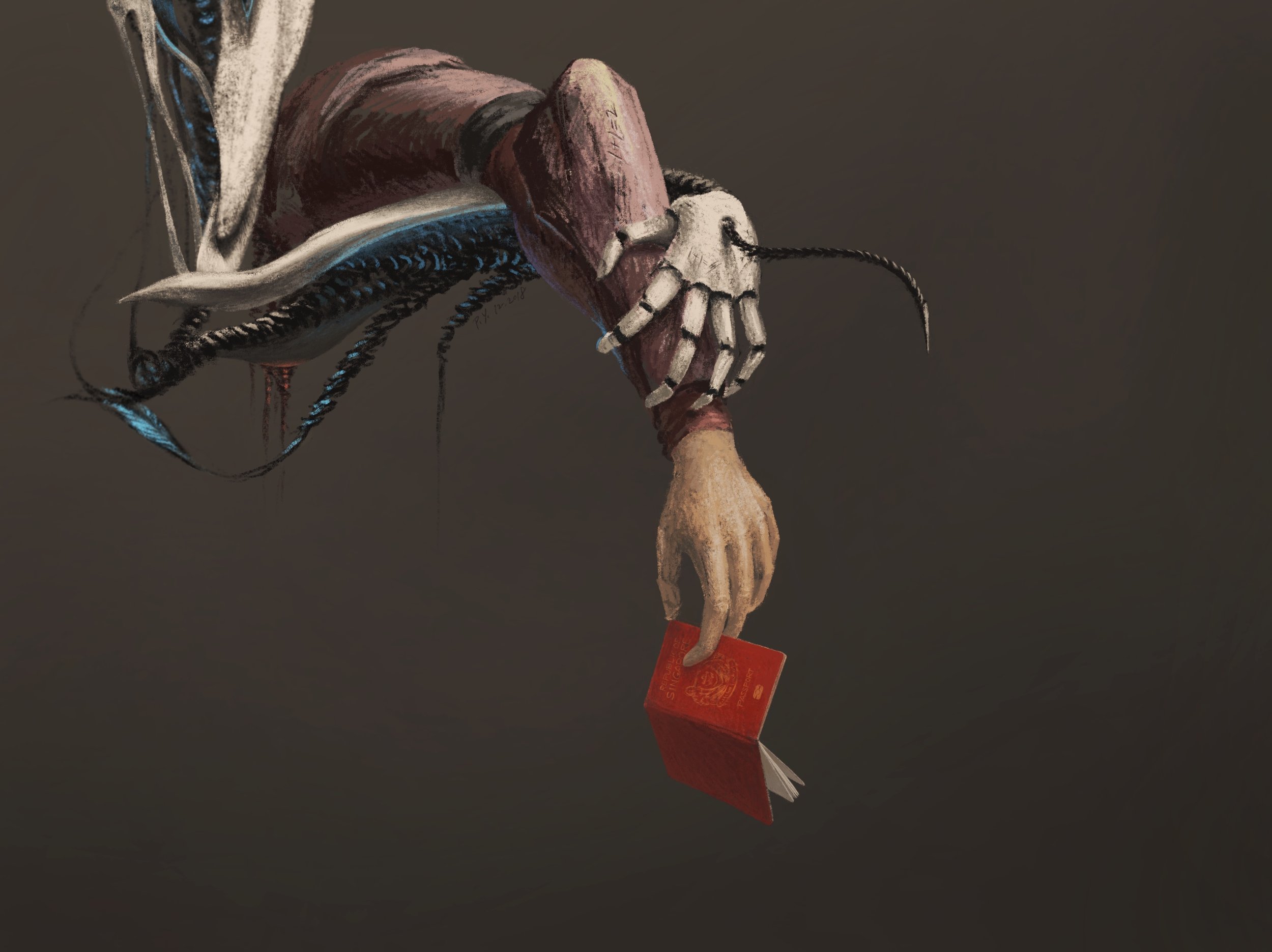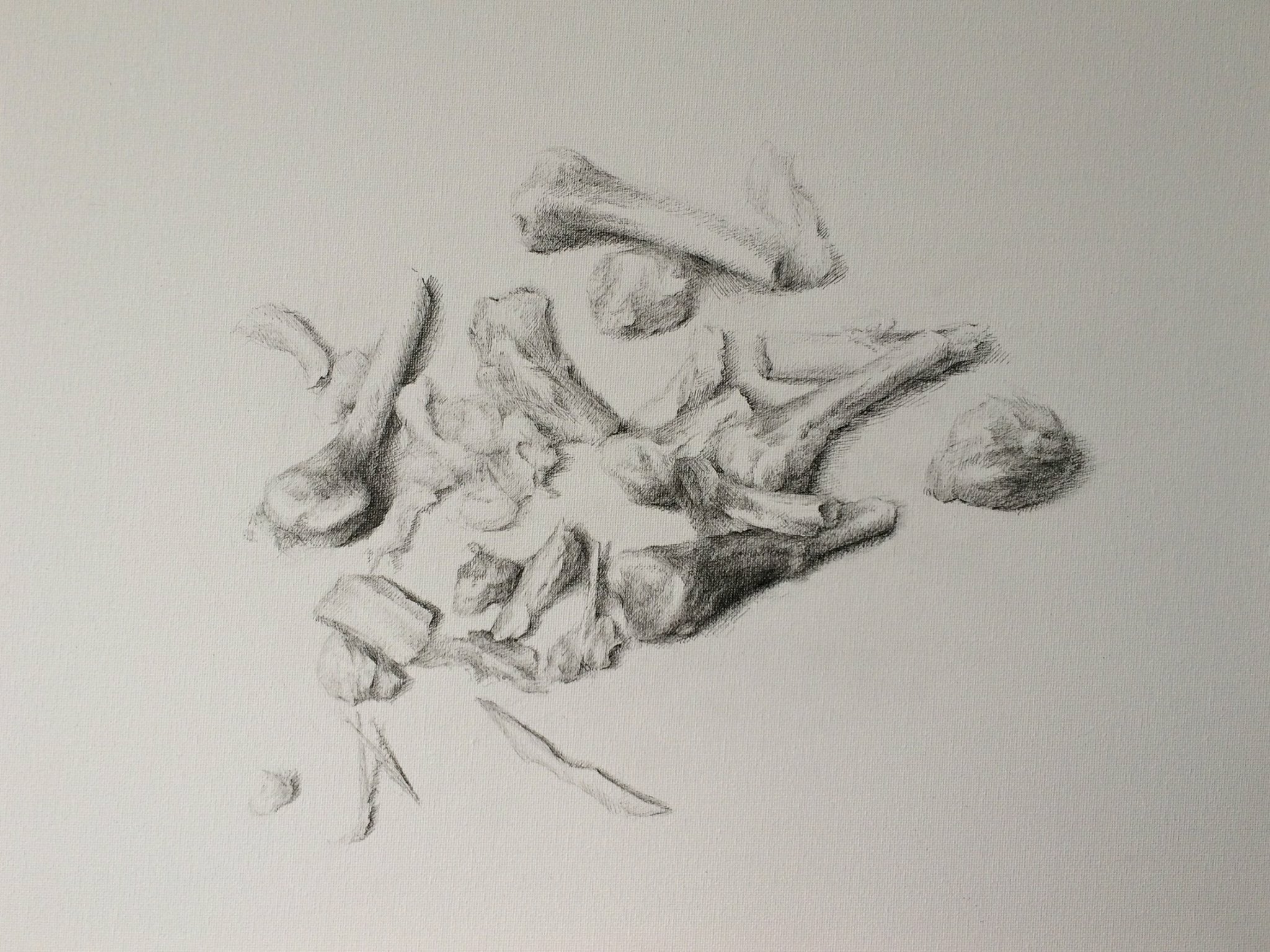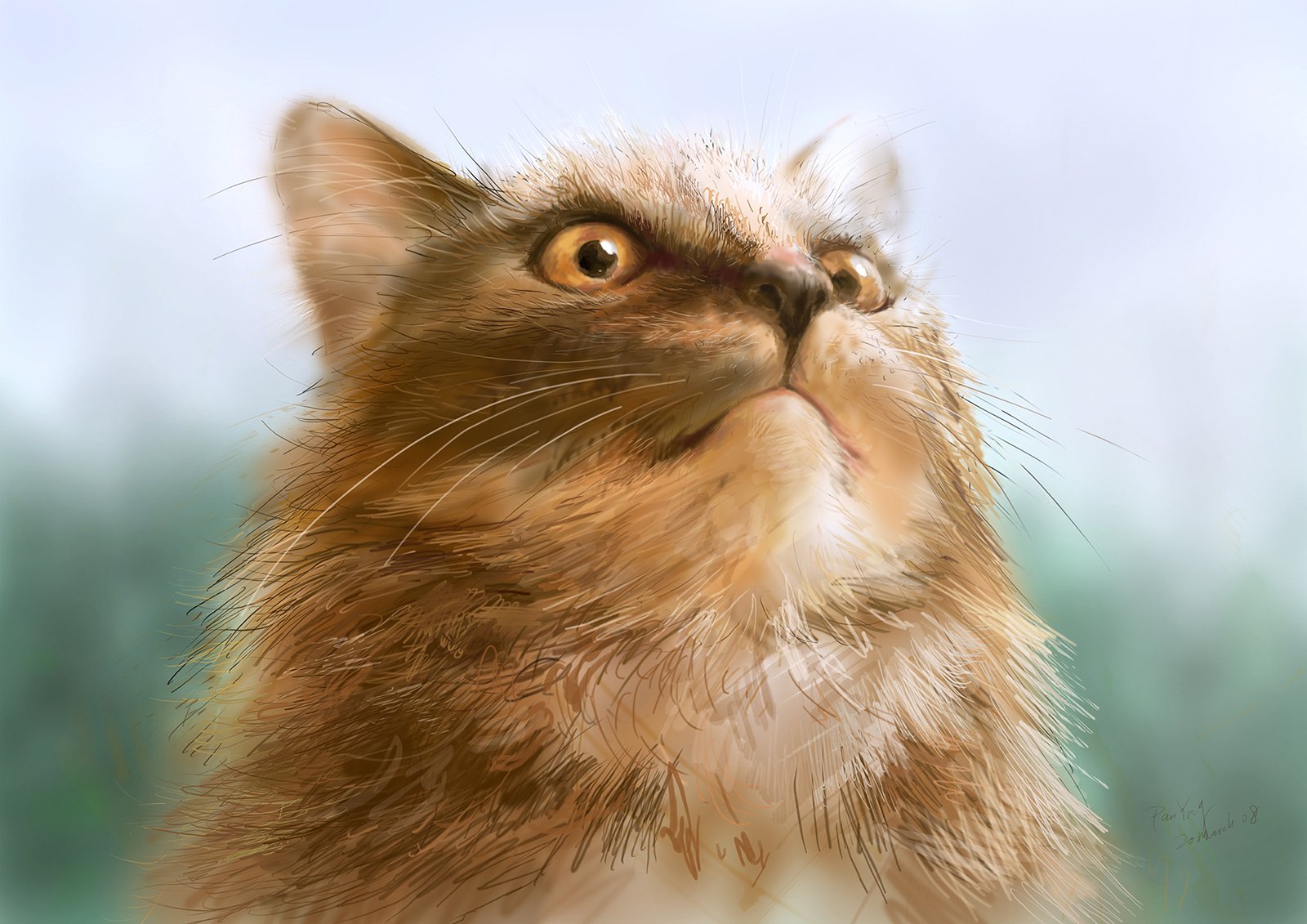Interview
Alex Pan Yong
Pan Yong (Alex) is from Singapore and graduated from Lasalle College of the Arts with a Bachelor's Degree in Interactive Art in 2007. He is a three times A'Design Award winner (2019, 2020, 2021), with 6 featured award-winning projects.
What is your background and how did you start your journey in the art world?
“I started learning how to draw at 16 years old. Before then, at a very young age, I was always curious about colors. I still remember how I felt when I would go into art stores and see the colored pencils on display. Those pencils somehow calmed me down. Sometimes I even wondered why everything was “bright” and “dark” - even as a young boy I was intrigued by the “light” and “shadow” in the world. I guess that is why I still keep my passion for art, while others dropped it. Art to me is a driving force, a leading force. It makes me proud. So, I started studying art in 1996.”
What themes do you pursue? Is there an underlying message in your work?
“I don't have a specific theme. Most of the time, it's about capturing various moments in daily life. Some of my works do have underlying messages. The messages they convey are open to interpretation by each viewer, it depends on how people see it with different emotions from time to time.”
How would you describe your work?
“My works are more realistic in style, and less abstract. Even if I want to make something abstract, I try to convey the abstract in a realistic way, or through realistic things that viewers can relate to in their life. Or maybe I should say, the viewer looks at my work, and interprets their own version of my work with their own feeling and emotion.”
Which artists influence you most?
“I like the artwork of Craig Mullins very much. His paintings make the viewer feel the “light”. When you look at his artwork, you can really feel the volume of this light, regardless of whether the brush strokes are fine or rough. So I learned a very important concept from him, that is, every piece of art has a relationship to its surroundings. Art never exists separately or on its own. In the case of making art, whatever you do, your artwork should have the spirit to make contact with your surroundings.”
What is your creative process like?
“The best scenario for me is that when inspiration comes up, I can quickly note it down, or I just draft it out to catch the spark. However, inspiration doesn't come very easily or often. Most of the time, to cultivate ideas, I start by going for a walk, seeing the environment, looking around, staying with people, and feeling the different vibes at different places. Sometimes the world will show you the way if you are open to it.”
“Every piece of art has a relationship to its surroundings. Art never exists separately or on its own. In the case of making art, whatever you do, your artwork should have the spirit to make contact with your surroundings.”
What inspires you most?
“The emotions we have from day to day, the design trends in the world, the relationship between emotion and colors around me, and sometimes, a combination of these elements.”
What is an artist’s role in society and how do you see that evolving?
“I think “art” nowadays is more and more focused on the relationship between artwork and viewer rather than being focused on the artwork itself. The future of art, in my opinion, will be the focus on how much artwork can contribute towards the refinement of society and on making our environment a better place for future generations. So an artist's role should be a driving force for contributing to the environment, and shouldn't be just doing work for our own will.”
Have you had any noteworthy exhibitions you'd like to share?
“I once visited an exhibition of Yayoi Kusama (click here for more info). I think her artwork is a good example of exploring the relationship between artwork and the environment.”
Website: www.artalex.me
Instagram: @alex_p_y & @artalexme
Other: Facebook, Twitter, Behance, A'Design Award and Competition







